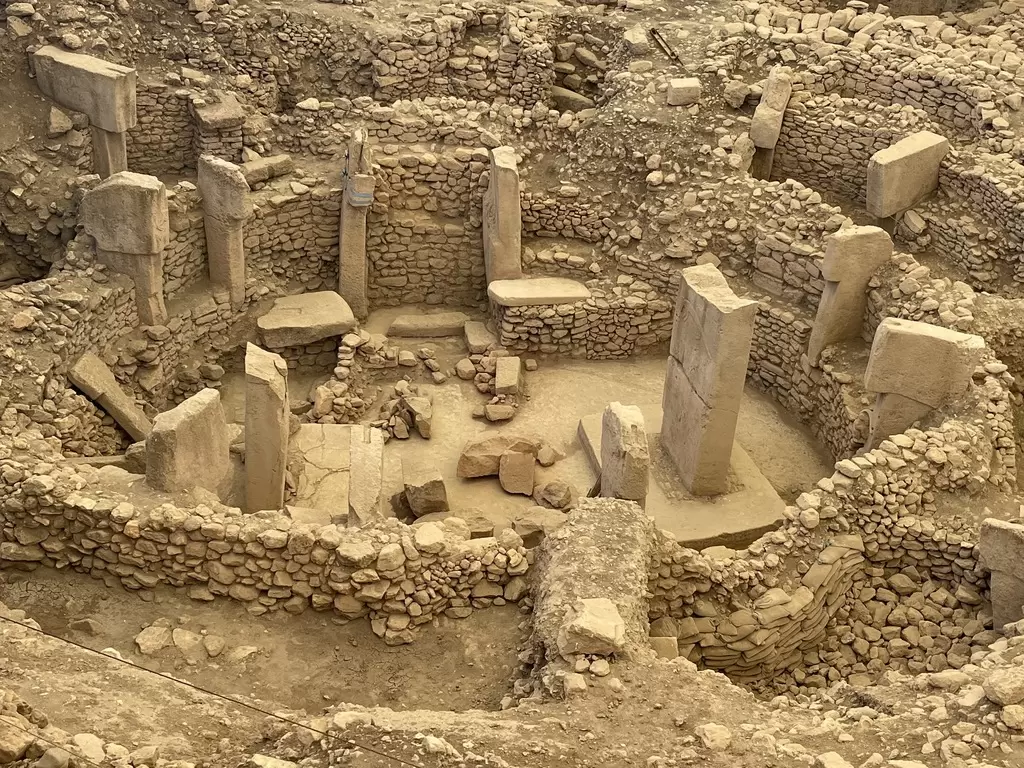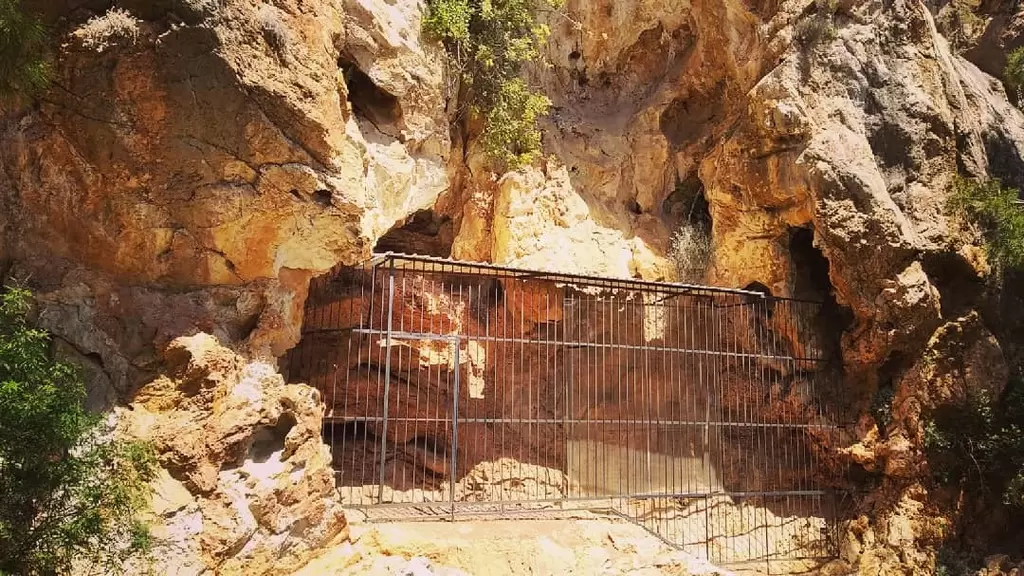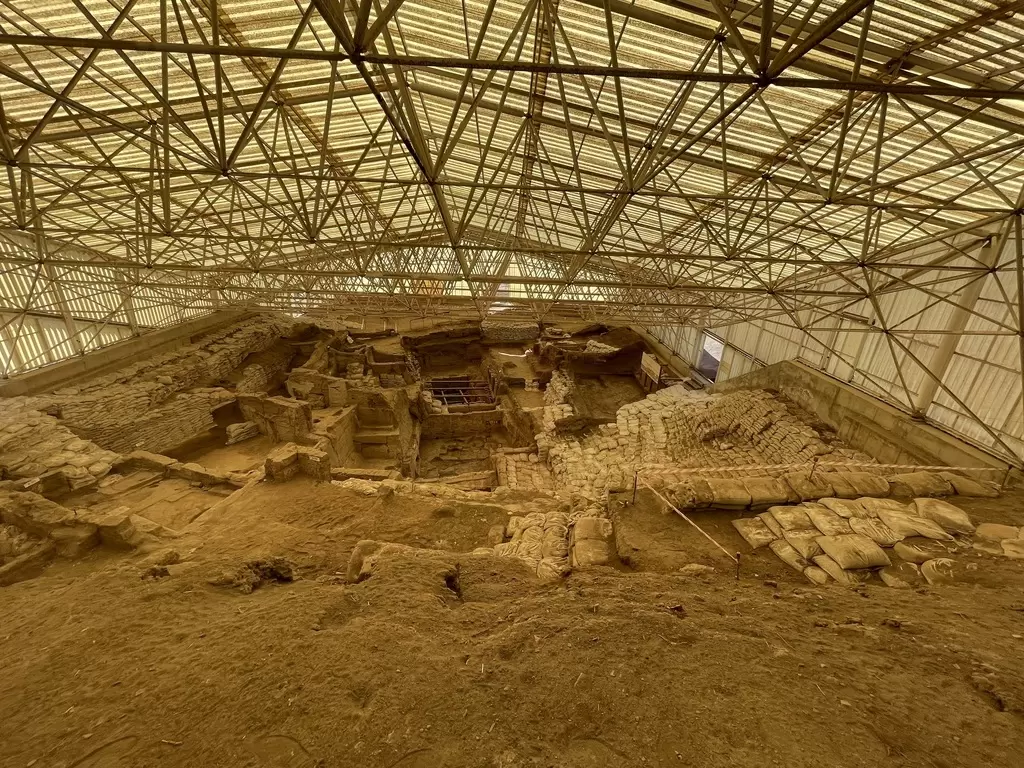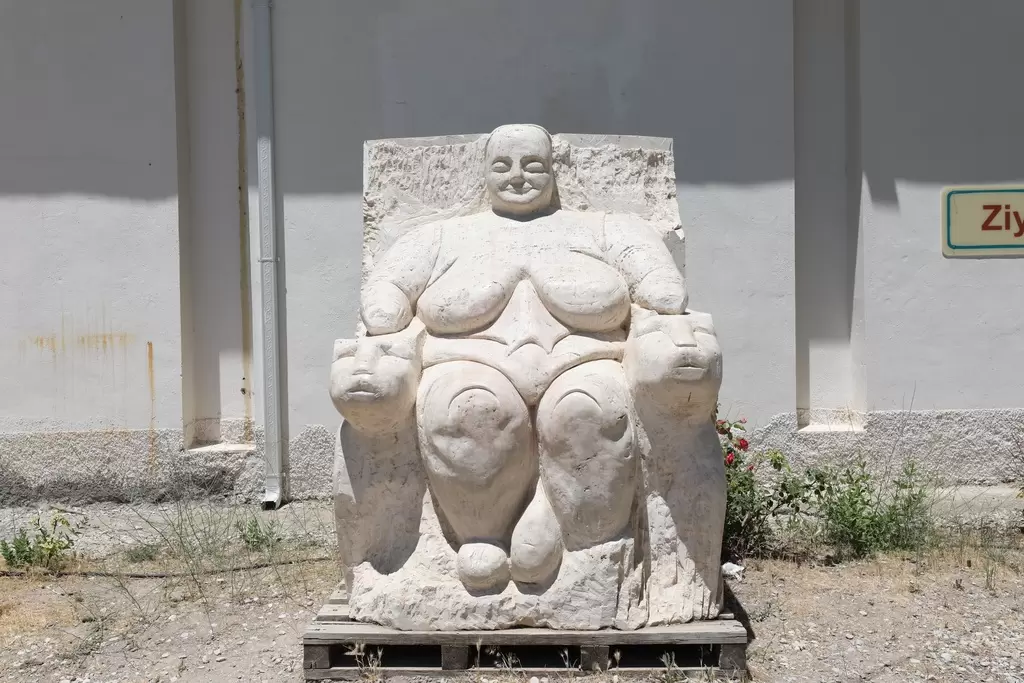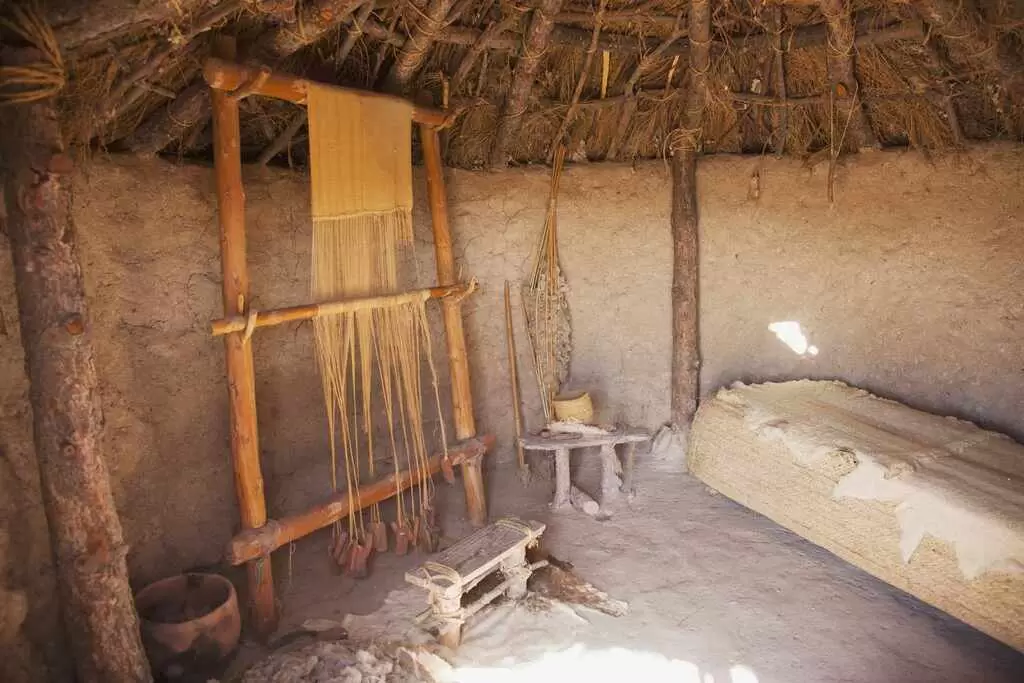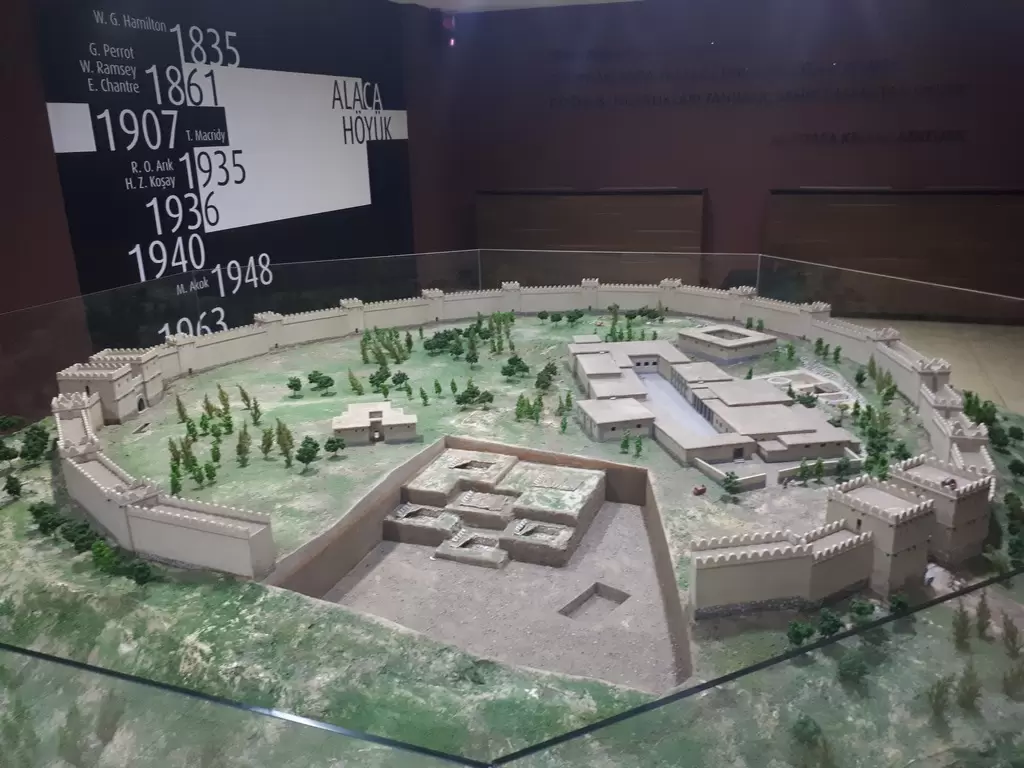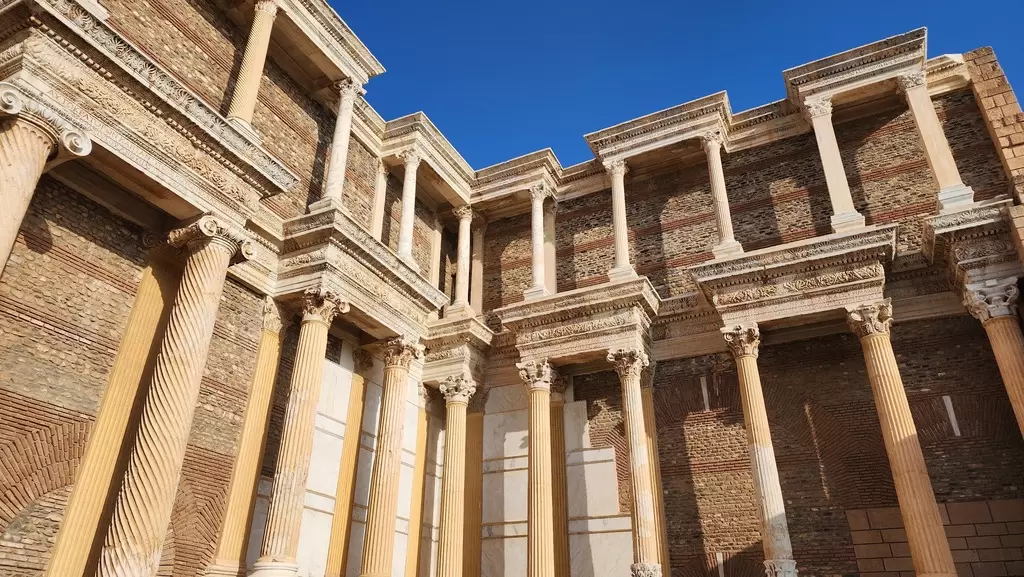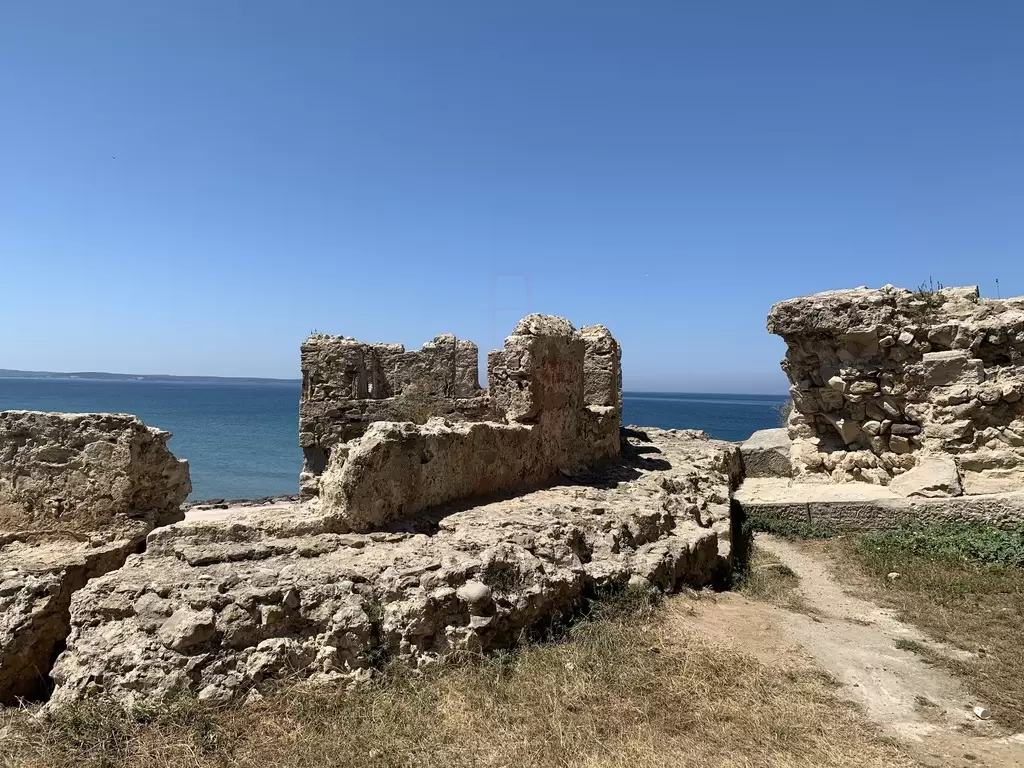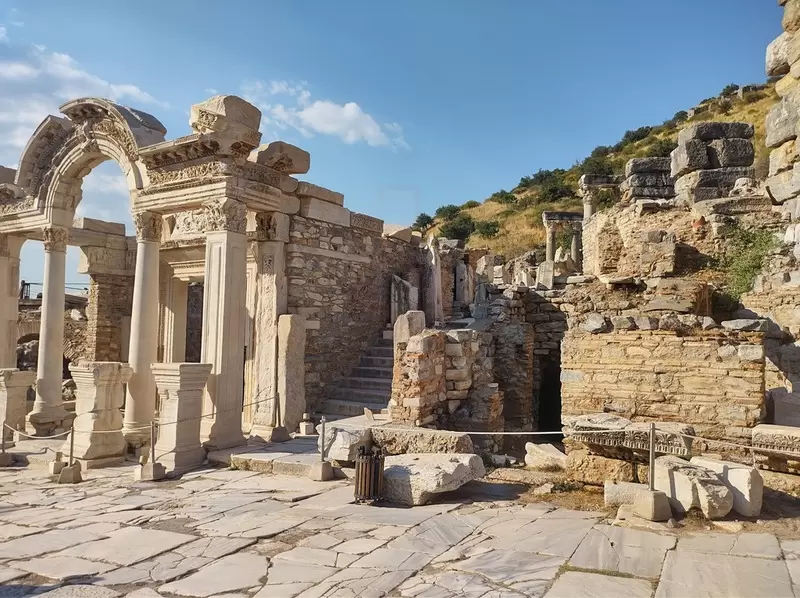
Classical Antiquity in Anatolia, spanning from the 5th century BCE to the 5th century CE, represents a vibrant era of cultural exchange, political evolution, and artistic achievement influenced by the rise of Greek and Roman civilizations. This period is marked by significant developments in urbanization, philosophy, art, and governance, shaping the region's historical landscape.
The arrival of Greek culture in Anatolia began with the establishment of city-states along the western coast, such as Ephesus, Miletus, and Smyrna. Ephesus, in particular, became one of the most important cities of the ancient world, known for the Temple of Artemis, one of the Seven Wonders of the Ancient World. This temple not only served as a religious center but also as a symbol of the city's wealth and architectural innovation.
With the conquests of Alexander the Great in the 4th century BCE, Anatolia experienced a significant cultural transformation known as the Hellenistic period. Following Alexander's death, his empire fragmented, leading to the establishment of several Hellenistic kingdoms, such as the Seleucid and Pergamene kingdoms. Pergamon emerged as a cultural and political hub, renowned for its library, second only to Alexandria, and its impressive Acropolis featuring monumental structures like the Altar of Zeus.
The blending of Greek culture with local traditions led to a rich tapestry of art, philosophy, and science. Philosophers like Anaxagoras and later, Epicureans and Stoics, emerged from this cultural milieu, influencing thought across the Mediterranean. The region also saw the flourishing of the arts, with sculptors and architects creating works that showcased the ideals of beauty and proportion characteristic of Hellenistic art.
Roman influence began to take hold in the 2nd century BCE when the Romans conquered much of Anatolia. As a result, the region became integrated into the Roman Empire, leading to a period of prosperity and stability known as the Pax Romana. Cities such as Antioch and Tarsus thrived under Roman rule, with advanced infrastructure, including roads, aqueducts, and amphitheaters, facilitating trade and cultural exchange.
Anatolia played a significant role in the spread of early Christianity during Classical Antiquity. The region became a vital area for Christian thought and practice, with notable figures like St. Paul traveling through cities such as Ephesus and Antioch to spread the teachings of Christianity. The influence of early Christian communities can still be seen in the numerous ancient churches and basilicas that dot the landscape.
Cappadocia, with its unique rock formations and subterranean cities, became a refuge for early Christians fleeing persecution. The region's underground churches, adorned with stunning frescoes, served as both places of worship and safe havens, demonstrating the intersection of faith and cultural heritage in this era.
The decline of Classical Antiquity began in the late 4th century CE, as the Roman Empire faced internal strife and external pressures from invading groups. The eventual division of the empire and the rise of the Byzantine Empire marked the end of this period, but the legacy of Classical Antiquity in Anatolia continues to influence the cultural and historical narrative of the region.
Today, the ruins of ancient cities, temples, and theaters attract visitors from around the world, offering a glimpse into a time when Anatolia was a crossroads of civilizations, embodying a rich heritage that shaped the course of history in the Mediterranean and beyond.








